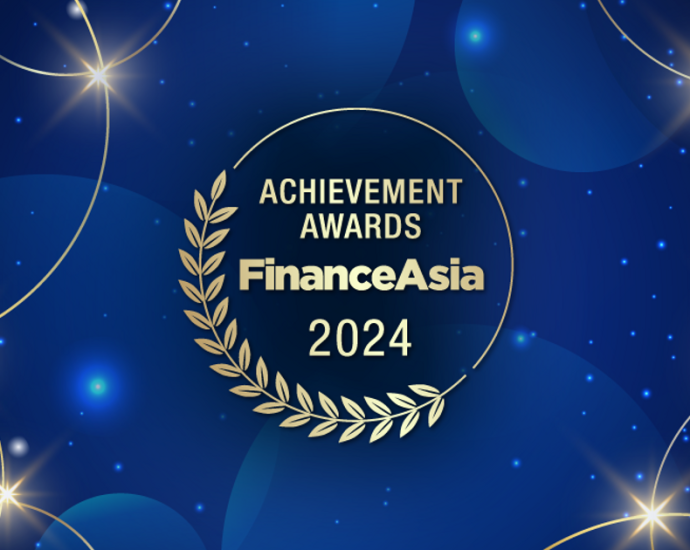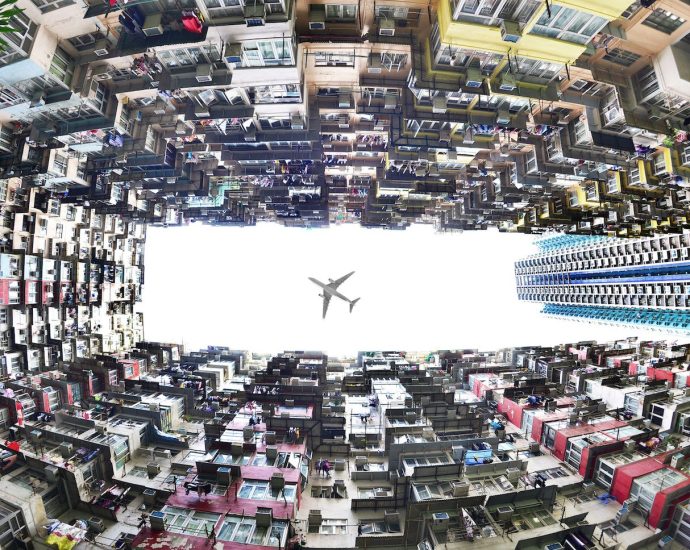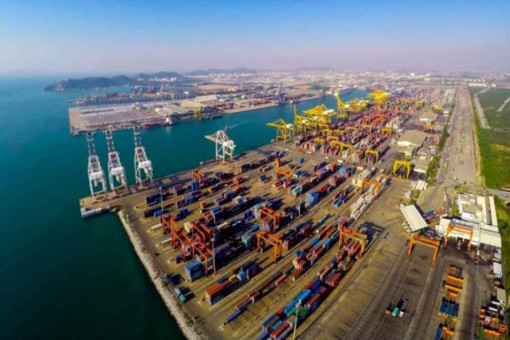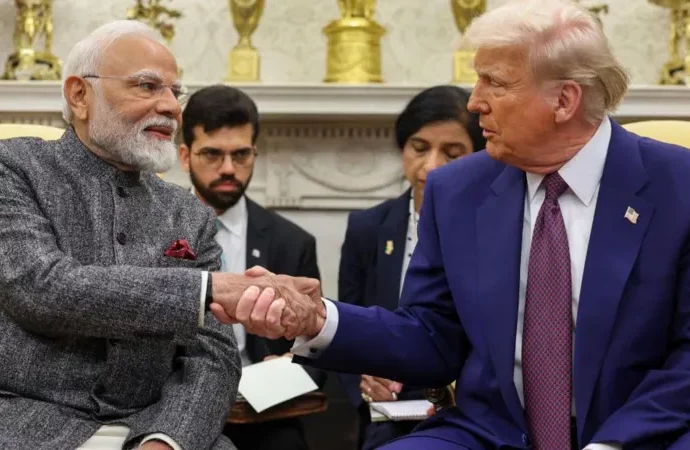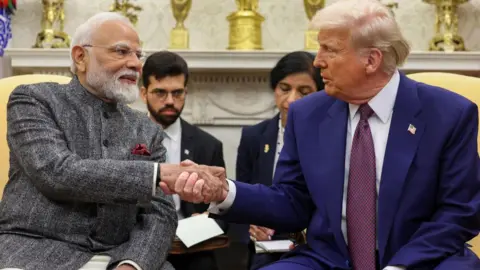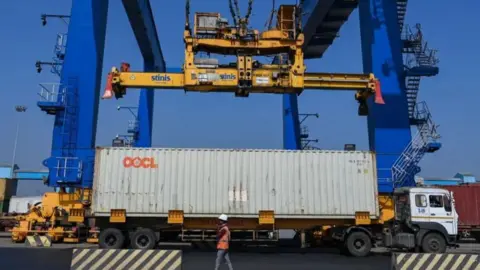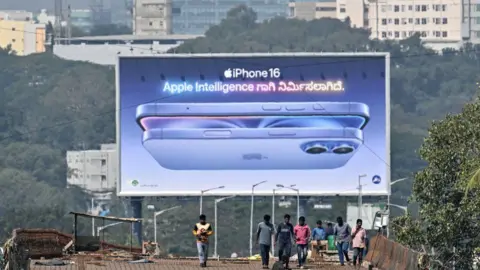US tariffs, China slowdown cloud developing Asia’s growth outlook, says ADB
The Asian Development Bank predicted that the full implementation of US tariffs would cut the growth of developing Asia by almost a third of a percentage point this year and by nearly a full percentage point in 2026, according to a report released on Wednesday ( Apr 9 ). InContinue Reading

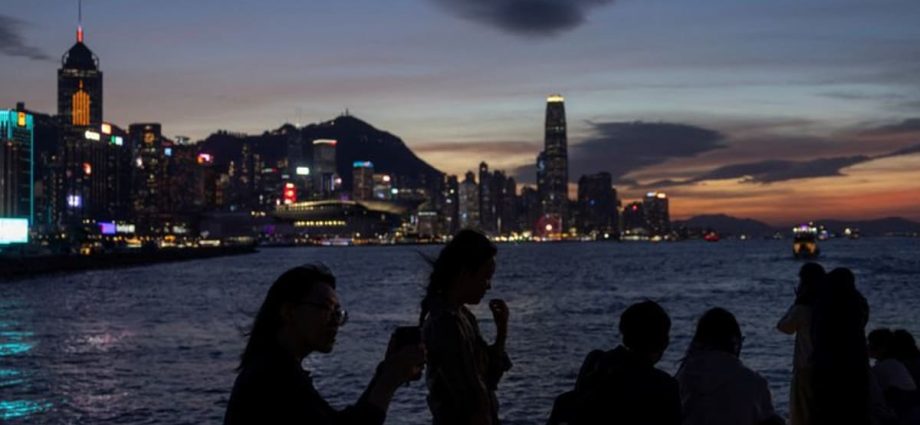


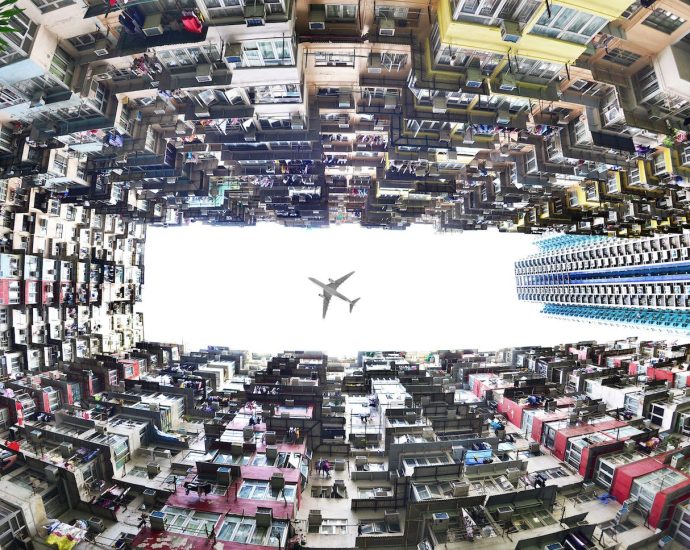
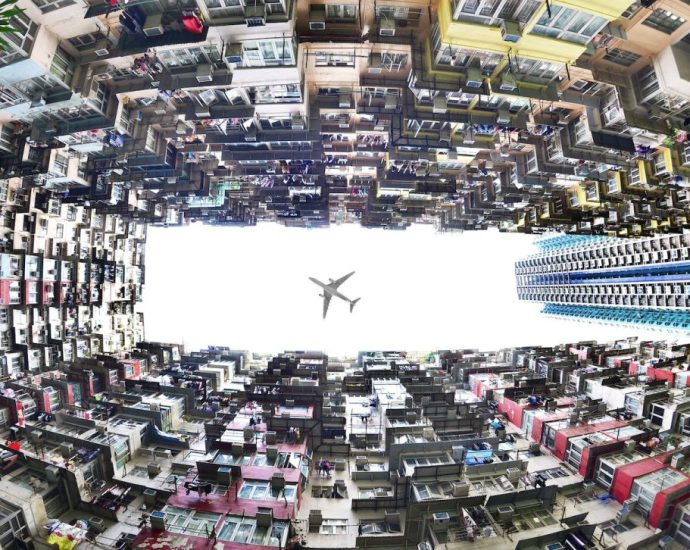

.png&h=630&w=1200&q=100&v=5f99a4b43f&c=1)
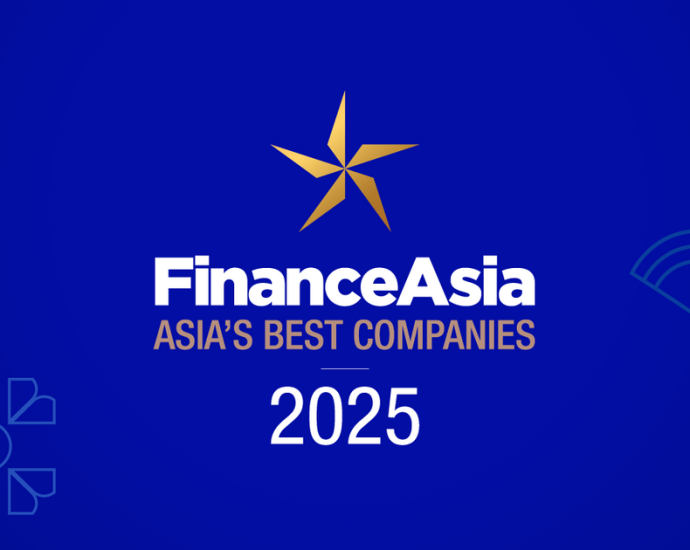
.png&h=630&w=1200&q=100&v=5f99a4b43f&c=1)
